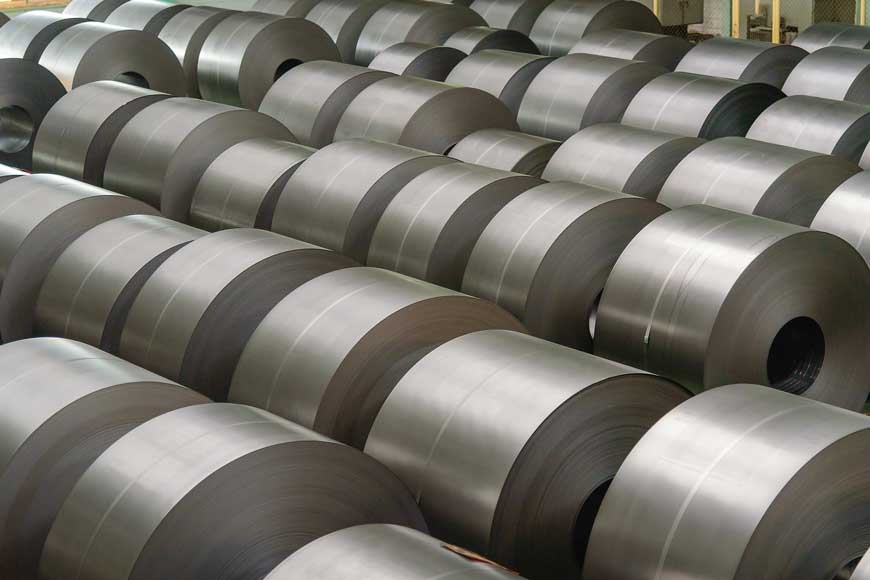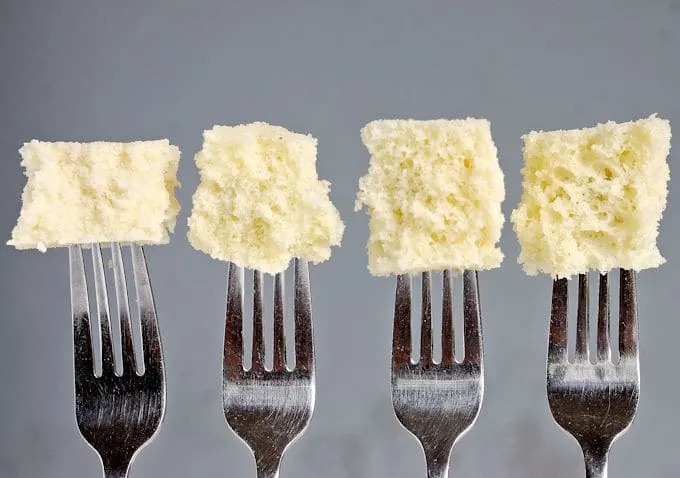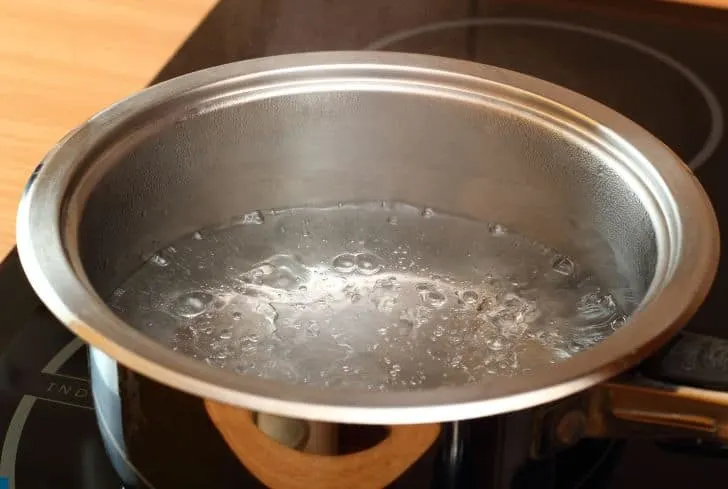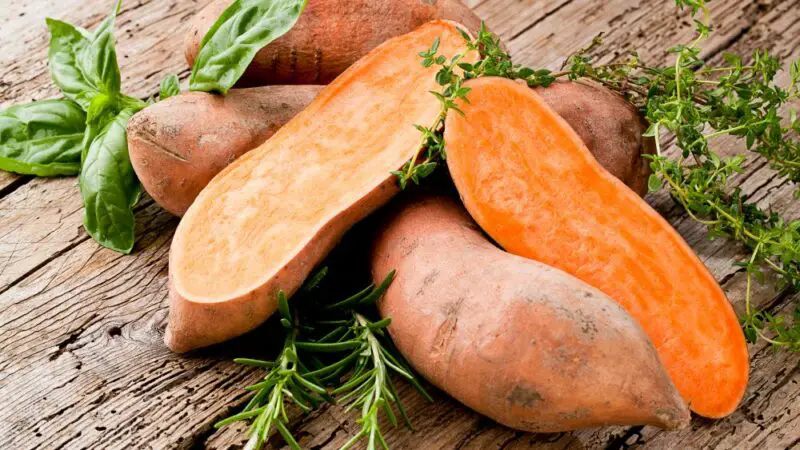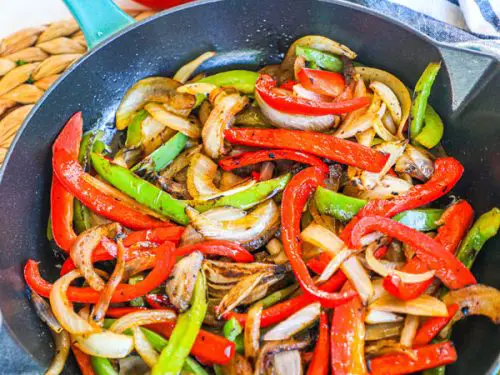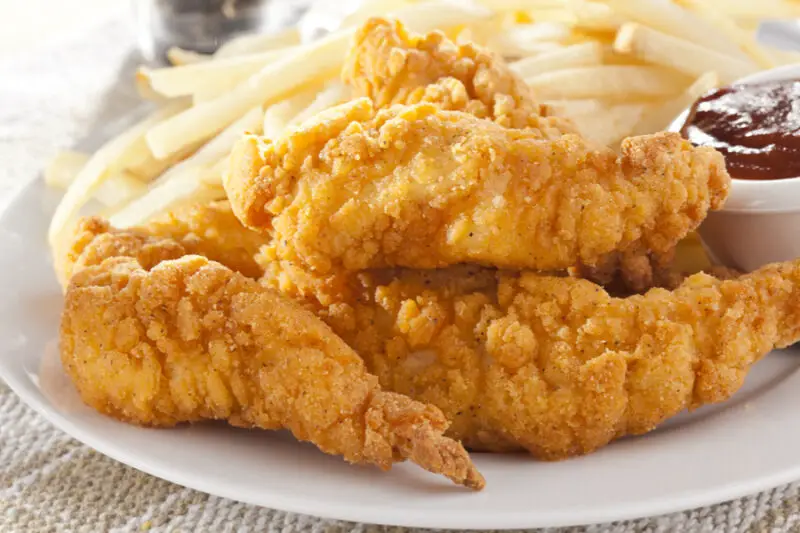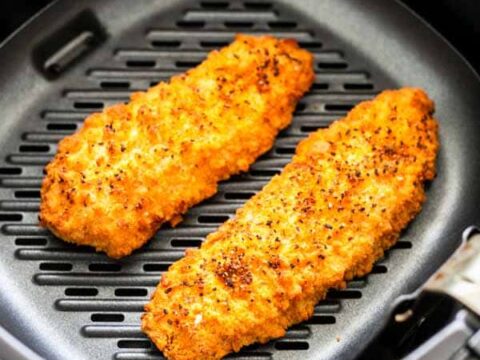Cookware is an essential tool in any kitchen, but it’s essential to use cookware that’s safe for health. Many different materials are used to make cookware, including aluminum, cast iron, stainless steel, and cold-rolled steel. Cold-rolled steel is a popular cookware material due to its durability and affordability. But is it safe for cooking? In this article, we’ll explore this question in detail.
## What is Cold Rolled Steel?
Cold-rolled steel is a type of steel that’s rolled at low temperatures. This process makes the steel harder and denser than hot-rolled steel, which is rolled at high temperatures. Cold-rolling also smooths out the surface of the steel, which makes it more suitable for some applications.
Cold-rolled steel has many properties that make it ideal for cookware. First of all, it’s durable and long-lasting, which means you won’t have to replace your cookware anytime soon. It’s also non-reactive, which means it won’t react with acidic or alkaline foods. Finally, cold-rolled steel can heat up quickly and evenly, which allows you to cook your food evenly.
## The Composition of Cold Rolled Steel
Cold-rolled steel is made up of several different elements, including iron, carbon, manganese, silicon, and sometimes nickel and chromium.
Iron is the primary component of cold-rolled steel. It provides strength and durability to the material.
Carbon is added to cold-rolled steel to increase its hardness and strength.
Manganese helps improve the strength and toughness of cold-rolled steel.
Silicon helps reduce the porosity of cold-rolled steel.
Nickel and chromium are added to some cold-rolled steels to improve their resistance to corrosion.
All these elements are safe when used in cookware. They don’t react with food or produce any harmful fumes when heated.
## The Manufacturing Process of Cold Rolled Steel Cookware
The manufacturing process of cold-rolled steel cookware starts with the rolling of the steel sheet. The sheet is then cut into the desired shape and formed into a cooking vessel. The next step is to polish and finish the surface of the cookware. Some manufacturers add coatings or finishes to their cookware to improve its performance or appearance.
The manufacturing process can affect the safety of the final product. For example, lead can be introduced into cold-rolled steel cookware if it’s manufactured in a facility that uses lead-based paints or other materials containing lead. That’s why it’s essential to buy cookware that’s made by reputable manufacturers who follow strict quality control standards.
## Understanding Coatings and Finishes on Cold Rolled Steel Cookware
Coatings and finishes can be added to cold-rolled steel cookware to improve its performance or appearance. Common coatings include enamel, ceramic, and non-stick coatings.
Enamel is a type of coating made from powdered glass that’s fused onto the surface of the cookware at high temperatures. Enamel-coated cookware is non-reactive and easy to clean, making it an excellent choice for cooking acidic foods such as tomatoes or citrus fruits.
Ceramic coatings are similar to enamel coatings but are made from a mixture of clay and other minerals. Ceramic-coated cookware is non-stick and scratch-resistant.
Non-stick coatings such as Teflon are commonly used on cold-rolled steel cookware because they’re easy to clean and prevent food from sticking to the surface. However, non-stick coatings can be dangerous if they’re scratched or heated to high temperatures, as they can release toxic fumes.
When choosing coated or finished cold-rolled steel cookware, it’s important to choose products that are free from harmful chemicals or additives.
## Risks Associated with Non-Safe Cold Rolled Steel Cookware
Using non-safe cold-rolled steel cookware can pose various risks to health. Toxic or contaminated cookware can leach harmful chemicals and heavy metals into your food, which can lead to serious health problems.
Research studies have found that cooking with lead-contaminated cookware can lead to lead poisoning, which can cause developmental delays and behavioral problems in children. High levels of cadmium exposure from cookware have also been linked to kidney damage and reduced bone density.
## How to Determine if Your Cold Rolled Steel Cookware is Safe for Cooking
To determine if your cold-rolled steel cookware is safe for cooking, you can follow these tips:
1. Choose cookware made by reputable manufacturers who use quality materials and follow strict quality control standards.
2. Check for certifications such as the NSF International or the Underwriters Laboratories (UL) seal, indicating that the product has undergone safety testing and meets safety standards.
3. Conduct a home test using an at-home testing kit. These kits can detect harmful chemicals or heavy metals in your cookware.
4. Educate yourself about cookware materials and their potential risks so you can make informed decisions about the products you buy.
## Care and Maintenance Tips for Cold Rolled Steel Cookware
Proper care and maintenance are essential in prolonging the lifespan of your cold-rolled steel cookware. Here are some tips:
1. Clean your cookware thoroughly after each use using mild soap and warm water.
2. Avoid using abrasive cleaners or scouring pads as they can scratch the surface of the cookware.
3. Dry your cookware thoroughly after cleaning to prevent rusting.
4. Store your cookware in a dry place, away from moisture and humidity.
## Alternatives to Cold Rolled Steel Cookware
If you’re looking for alternatives to cold-rolled steel cookware, here are some options:
1. Stainless steel: A durable material that’s non-reactive and easy to clean.
2. Cast iron: A traditional material that’s durable and provides excellent heat retention.
3. Ceramic: A non-stick material that’s easy to clean and scratch-resistant.
## Conclusion
Cold-rolled steel cookware is a popular choice for its durability, affordability, and non-reactive properties. However, it’s essential to choose high-quality and safe cookware that’s free from harmful chemicals or contaminants. By following the tips mentioned in this article, you can ensure that your cookware is safe for cooking and maintain it properly for long-lasting use. It’s crucial to prioritize safety when it comes to cooking so that you can enjoy healthy and delicious meals without any health risks.
Frequently Asked Questions
Can Cold Rolled Steel Be Used for Cooking?
Absolutely! Cold rolled steel is a popular material for making kitchen appliances such as stovetops, grills, and cookware. It is completely safe to use and does not leach any harmful chemicals into your food.
What Makes Cold Rolled Steel Safe for Cooking?
Cold rolled steel is made by passing the metal through rollers at room temperature, resulting in a dense and uniform material. This process removes impurities and creates a smooth surface that is resistant to corrosion and rust. As a result, it is an ideal choice for cooking surfaces.
Is Cold Rolled Steel Easy to Maintain?
Yes! Cold rolled steel is very easy to maintain. Simply clean it with warm soapy water and a soft cloth to prevent any buildup of food particles. You can also use non-abrasive cleaners or stainless steel polishes to keep its shine intact.
Can Cold Rolled Steel Be Used on All Types of Stovetops?
Yes! Cold rolled steel can be used on all types of stovetops including gas, electric, induction, and ceramic. Its even heating properties make it a great choice for all types of cooking needs.
